Delta T is an important value to consider when undertaking any spraying operations, but especially under summer conditions. With recent summer thunderstorms (10-40 mm) we have our clients trying to quickly capitalise on these rare rain events, to control weeds on fallows and in pastures.
Delta T is one of the main indicators for suitable spraying conditions,especially in summer, when we experience the combination of high daily temperatures and very low relative humidity, which limits spraying time.
At this time of the year, we may only get a few hours in a morning ,which have suitable Delta T values of 2 to 8, ie low to moderate temperatures and high to moderate humidity with desirable low wind conditions, to enable safe and effective spraying.
Delta T is calculated by subtracting the wet bulb temperature from the dry bulb temperature. The chart above shows the air temperature and relative humidity to the calculated Delta T values.
One needs to aim to spray when Delta T values are between 2 and 8. See preferred Delta T colour bands with desirable combinations of air temperature and humidity.
Delta T is used to indicate evaporation rate and droplet survival. This is important in summer . When the Delta T value is high (>10) the spray droplet can dry up before the herbicide gets a chance to move into the plant, resulting in reduced herbicide efficacy or delayed herbicide uptake. If the Delta T value is very low , spray conditions may also not be favourable , eg high humidity and low temperatures often associated with frosty and dewy mornings and temperature inversions which can lead to increased potential for spray drift , spray droplet runoff or spray droplets taking longer to dry and become rainfast.
Weed targets are also more receptive to herbicides uptake when Delta T is also between 2- 8.
Visually looking at weeds in summer, is a good method for determining if spraying at higher or marginal Delta T values can be done. If weeds are small, look fresh and are actively growing then they will take up herbicides well. Conversely, if your weeds are large or showing obvious heat or moisture stress they are not going to take up herbicides as well and should be sprayed under better conditions.
When spraying weeds in summer it is often important to use higher water volumes , coarse and extra coarse spray droplets , consider spray and water additives and usually the higher end of product rates, to get desired results. Summer spraying is a much more challenging operation, on many fronts !!

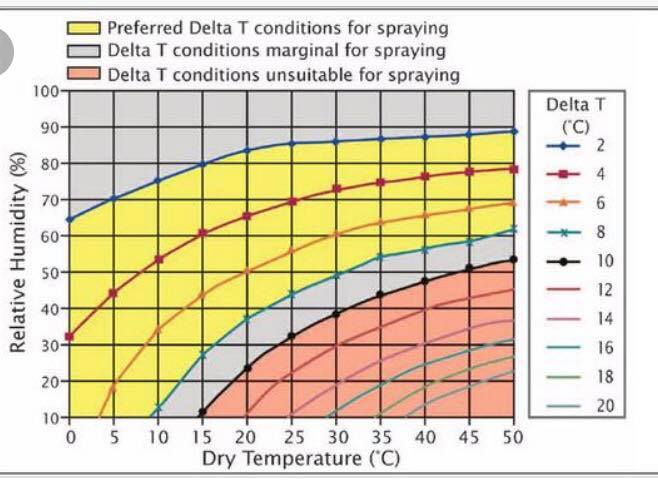
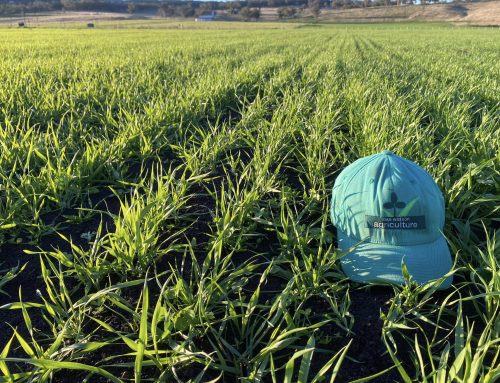
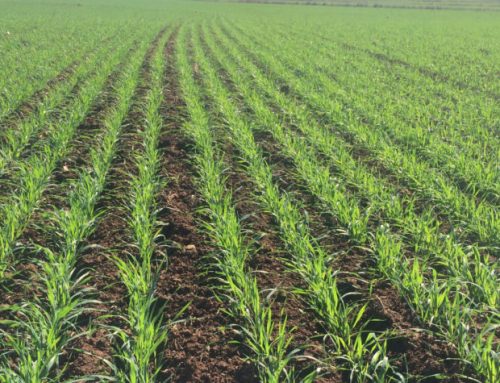
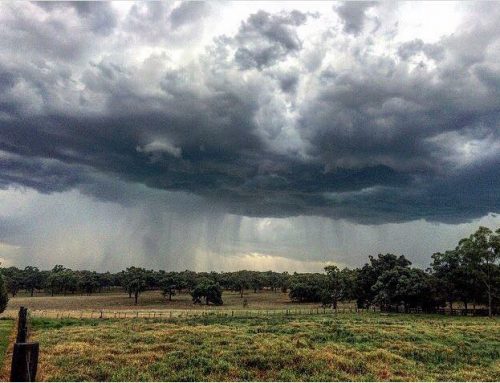
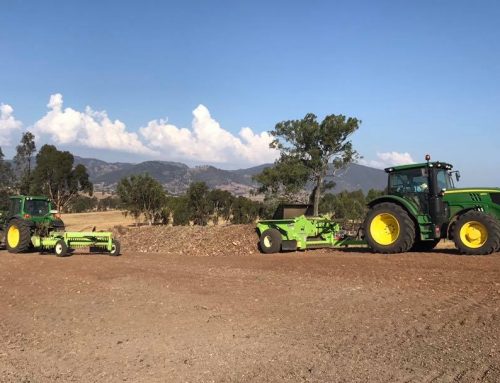
Leave A Comment